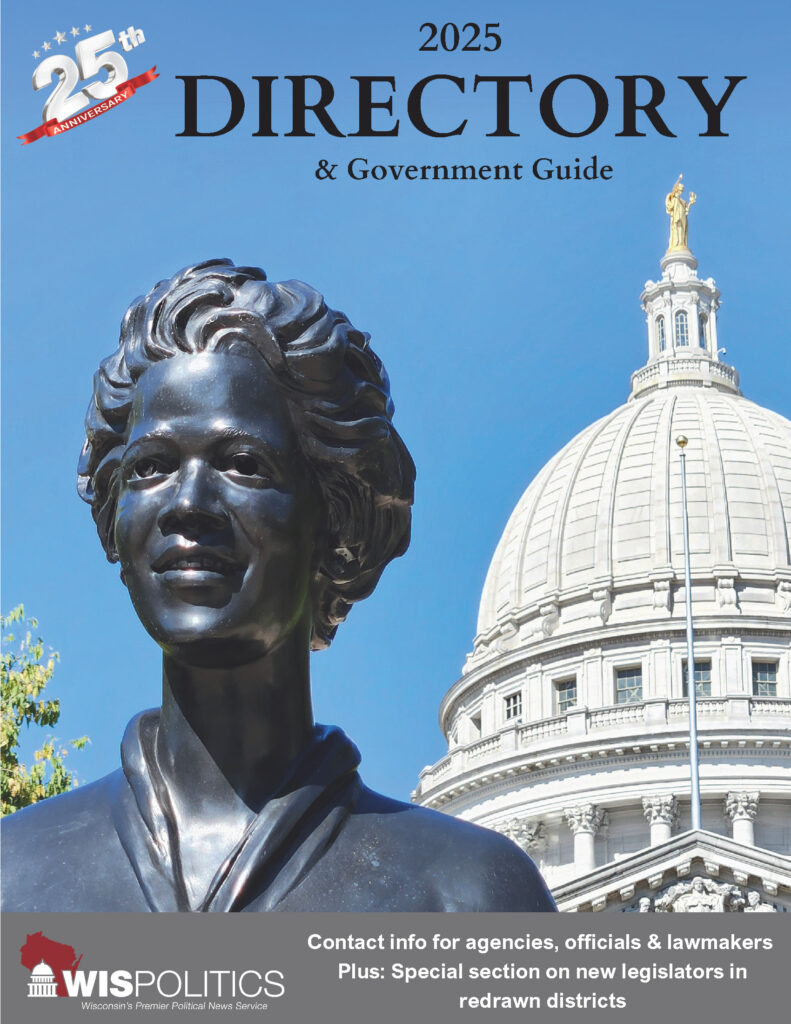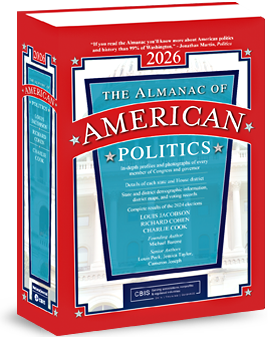At today’s meeting of the Common Council’s Judiciary and Legislation Committee, Council members heard directly from the City’s Intergovernmental Relations Division about the ongoing challenges posed by the State of Wisconsin’s 2025–27 budget. Once again, the state budget fails to provide the City of Milwaukee with adequate support to address its mounting transportation infrastructure crisis. A rec...
Please log in to access subscriber content.
If you don't have a subscription, please contact schmies@wispolitics.com for subscription options on the WisPolitics-State Affairs platform, which is the new home for WisPolitics subscriber products.


